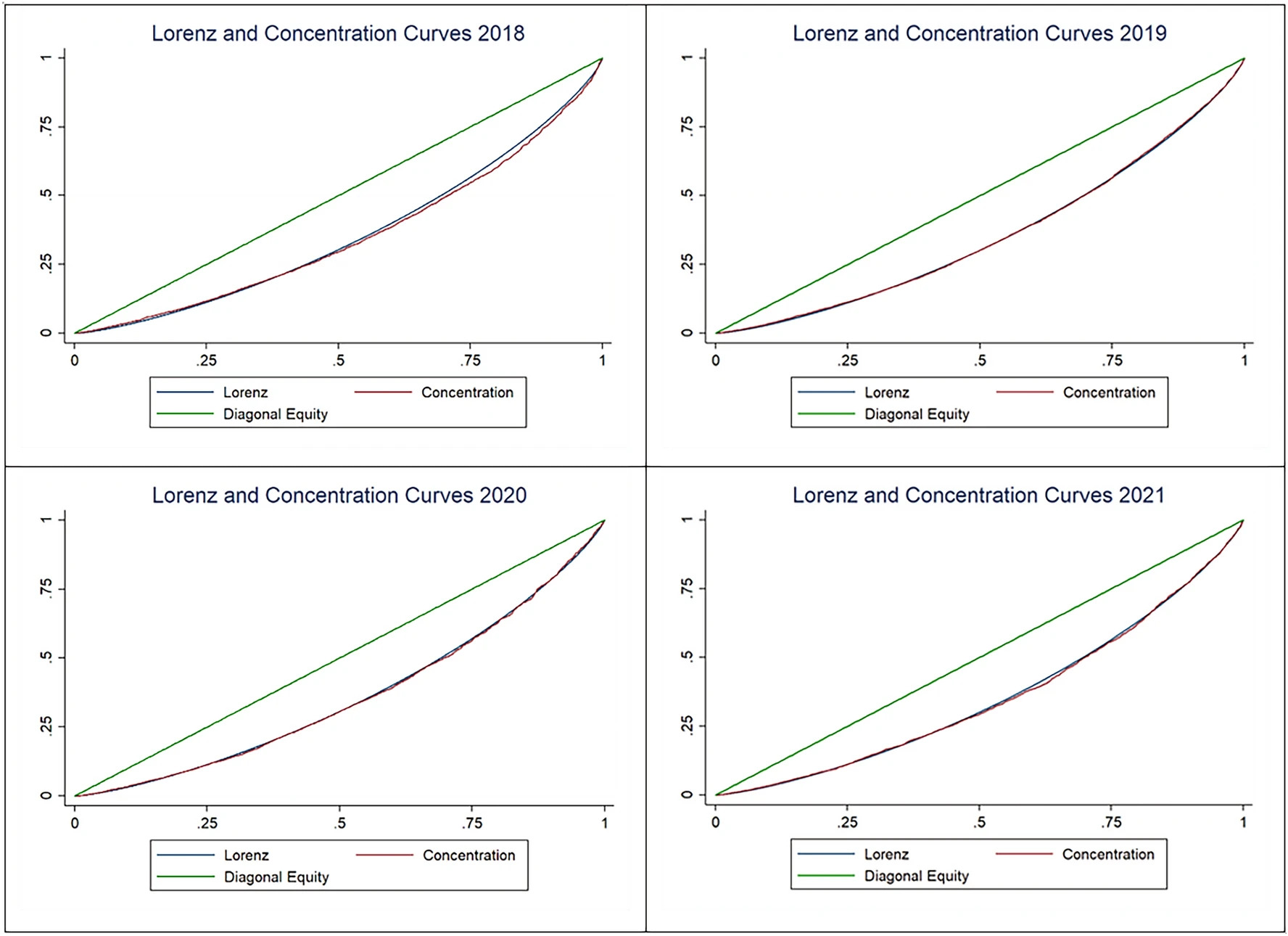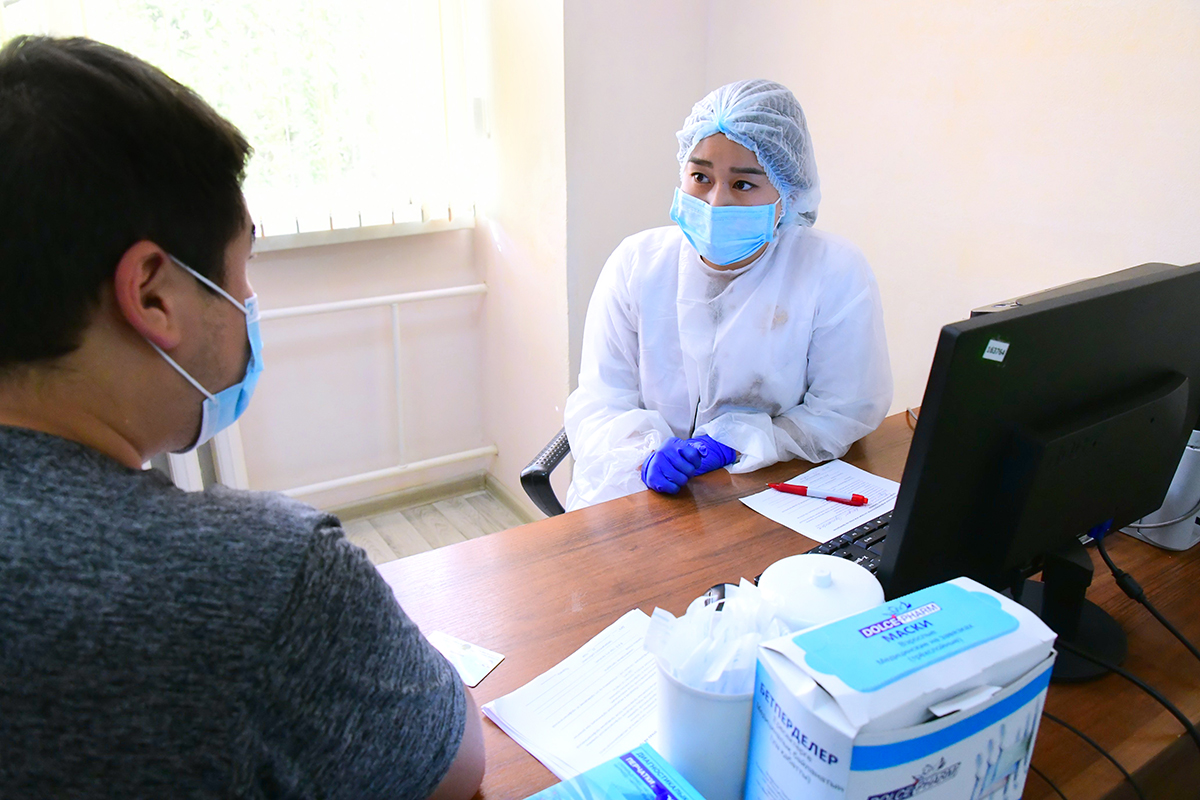A research article titled “An analysis of financial protection and financing incidence of out-of-pocket health expenditures in Kazakhstan from 2018 to 2021” was published by Shaltynov et al. was published on 17 April 2024. Their work assessed a trend in out-of-pocket (OOP) payments, identified factors contributing to healthcare expenditure inequality, and examined catastrophic health expenditures (CHE) prevalence in Kazakhstan from 2018 to 2021. Authors concluded that increased state financing and quarantine measures contributed to reduced OOP payments.
This open-access article was published by journal “Scientific Reports” of the Nature, issue 14, Article number: 8869 (2024) and its full text can be found here.
Abstract:
Universal health coverage relies on providing essential medical services and shielding individuals from financial risks. Our study assesses the progressivity of out-of-pocket (OOP) payments, identifies factors contributing to healthcare expenditure inequality, and examines catastrophic health expenditures (CHE) prevalence in Kazakhstan from 2018 to 2021. Using retrospective analysis of National Statistics Bureau data, we employed STATA 13 version for calculations CHE incidence, progressivity, Lorenz and concentration curves. In 2020–2021, OOP expenditures in Kazakhstan decreased, reflecting a nearly twofold reduction in the CHE incidence to 1.32% and 1.24%, respectively. However, during these years, we observe a transition towards a positive trend in the Kakwani index to 0.003 and 0.005, respectively, which may be explained by household size and education level factors. Increased state financing and quarantine measures contributed to reduced OOP payments. Despite a low healthcare expenditure share in gross domestic product, Kazakhstan exhibits a relatively high private healthcare spending proportion. The low CHE incidence and proportional expenditure system suggest private payments do not significantly impact financial resilience, prompting considerations about the role of government funding and social health insurance in the financing structure.
As described by the authors, this seems to be the first descriptive study assessing the progressivity of OOP payments in healthcare and factors influencing the inequality of OOP payments in Kazakhstan. OOP healthcare expenditures in Kazakhstan decreased during the pandemic in 2020–2021, both in absolute terms and as a percentage of total income. The incidence of CHE did not exceed 2.6% for the entire sample. The increase in state and other types of healthcare financing, quarantine restrictions, had an impact on reducing OOP payments for health goods and services.



